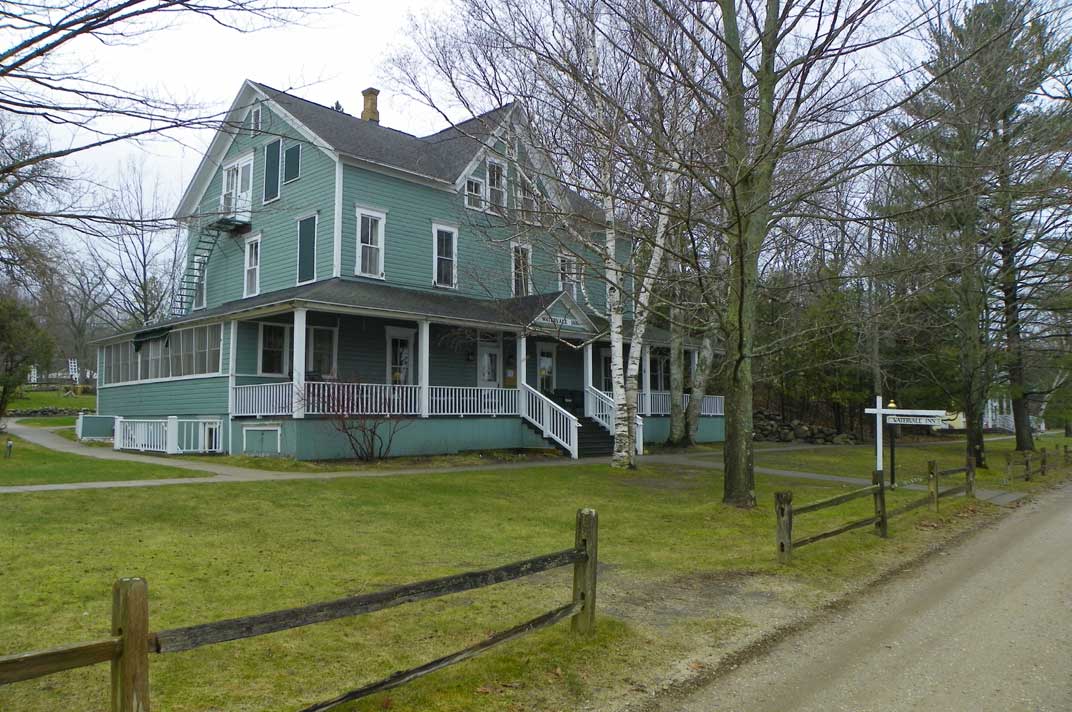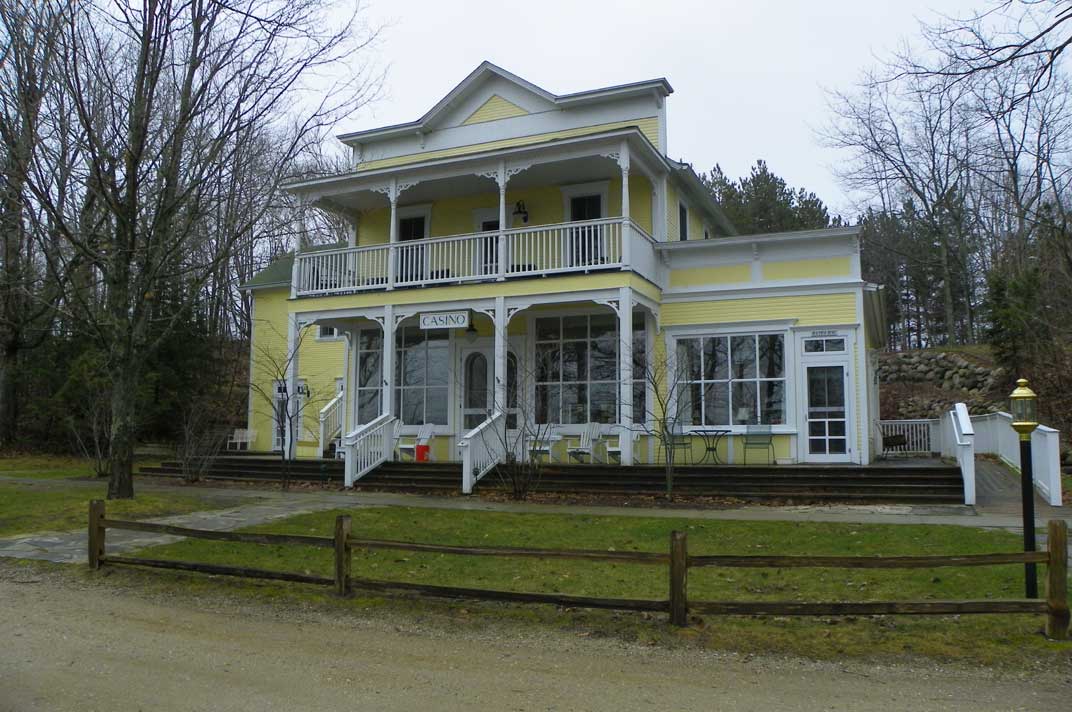Watervale, Michigan
Next | Previous | Return to Start
|
In 1890, Leo F. Hale purchased land about 4 miles north of Arcadia and started a lumber camp with a 1,500 foot pier into Lake Michigan; a sawmill; a tram railway between the sawmill and the pier; and a narrow gauge railway to transport timber to the sawmill. By 1892, the settlement had a store, a hotel, and twenty houses, and it was incorporated as Watervale. As a result of the panic of 1893, Hale went bankrupt, and the settlement was soon deserted. In 1917, Oscar Kraft bought the ghost town and rebuilt Watervale as a resort. |
|
Where Is Watervale?"Watervale |
|
|
|
|
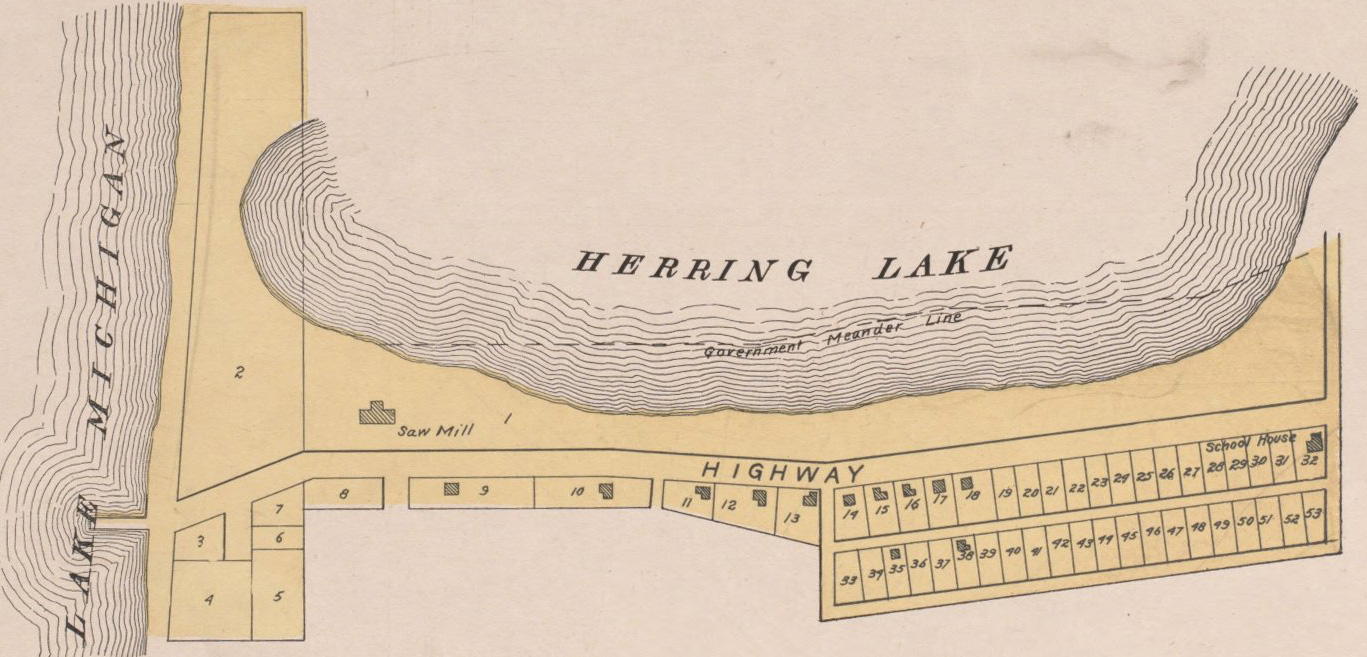 |
|
|
Watervale Began as a Lumber CampAround 1890, Leo F. Hale bought land along Lake Michigan's shore and inland south of Lower Herring Lake. He built a sawmill on the southwest shore of Herring Lake. He added a 1,500 foot pier into Lake Michigan, a horse-drawn tram between the sawmill and the pier, and a narrow gauge railway to transport timber to the sawmill. "A tramway was built leading from the mill to the outer extremity of the pier, and cars constructed to carry the length of any size lumber. A 'character' that will never fade from my memory was 'Slivers,' the rather necky black horse that transported all this lumber. A substantial board walk between the rails of the tram-track afforded him dependable 'traction.'" At its peak, the mill ran ten hours per day producing 50,000-60,000 feet of wood products including lumber, cordwood, hemlock tanbark, telephone poles, and fence posts. When a schooner arrived at the pier ready for cargo to transport, the mill would sound its whistle three times to signal that dock wallopers were needed to load the ship. Local farmers were generally eager to do this work, but rarely when not enough of them answered the call, mill workers would stop their normal duties to load the ship. In an interview recorded in 1956, Hale was described like this: "There was a man there [who] didn't have a hair on his head, no eyebrows, no eyelashes, there wasn't a hair of any description on his head. He always wore a little black skull cap around the office and the store. They say it was caused by a fever. I don't know." |
|
|
|
|
|
"He got an old time railroad engine. I remember the name of it, Emily, and she was a saddleback, what they called. Instead of having a tender behind for water, there was a tank thing like a saddle on top of it. They went up in there some seven, eight miles up in the woods and hauled down their own logs after that.... "The railroad ran about two years. You can see part of the railroad yet, up along side of the Upper Lake, and where they went straight across the swamp and got into the hardwood timber. They got some cedar, he went to making shingles. They went after the hardwood mostly, maple, elm, beech, birch." Leo Hale wanted more than a temporary lumber camp. Using lumber from the sawmill, he built a store, a hotel, and houses. The store had a meat market, telegraph and post office, the Hale company's business office, and the Hale residence. In 1892 the town was incorporated as Watervale, the name of Hale's company. The pier linked Watervale with other settlements in the area. The steamer John D. Dewar, commanded by veteran Capt. Henry F. Robertson, made daily trips from Frankfort to Manistee and back carrying passengers and freight, and Watervale became one of the stops along this route. This continued until after the mill closed and the pier deteriorated to the point where it was unsafe to use. "Many of our readers may not know about the pretty little town of Watervale that has sprung up in the last year and a half, in the township of Blaine. It was our pleasure to visit it Sunday, Jan 21st, and preach in the school house and organize a Sunday School with fifty-eight members, with the following officers: Superintendent, Mr. Wm. Bates; 1st Assistant, Mr. G. K. Este;s 2nd Assistant, Mr. E. S. Jones; Sec., Mrs. Leo F. Hale; Treasurer, Miss M. Stewart; Chorister, Mr. Filmore; Organist, Mrs. G. K. Estes. The town consists at present of a mill, store, hotel and about 20 houses. Mr. Leo F. Hale is the moving spirit and chief proprietor of the enterprise. He is pushing and energetic and has the right ideas about building up a town. Two special features distinguish it from other towns, namely, the fact that all the houses are finished and painted, and thus far there has been no saloon established, and unless circumstances change considerably, there will be none. The new school is completed and occupied. Prof. Jones, who taught last year at Lake Ann, is the teacher." Hale's MisfortuneWatervale thrived for a short time, but as a result of the Panic of 1893, Hale went bankrupt. Louis Johnson said D. B. Butler of Frankfort bought the mill. John Howard said Gunder Carlson of Frankfort used the mill and pier for his cordwood, bark, and pole business. In either case, they were interested only in their lumbering businesses, and the settlement was mostly abandoned by 1897. In 1898, the post office closed, and Watervale mail was handled in South Frankfort (later called Elberta). A supreme court judge bought the property, lived in the Hill cottage, and used the property for hunting. |
|
Watervale Is Transformed into a ResortIn 1917, Oscar Kraft bought the ghost town as a vacation spot for his extended family and friends. In the summer of 1917, the Kraft family moved to the ghost town and began to make it liveable again. "During these cruises the Doctor had dropped in at many ports whose harbors were little lakes, and most often at Frankfort and Arcadia. Herring Lake was the gem, with undulating sylvan boundaries, that held the strongest lure for him, after his glimpse of it. And this was when the little lake presented its most forbidding aspect. In the week between Christmas and New Year's, 1915-1916, in a blinding snowstorm, he first set his eyes upon the snow-covered waters, crossing from the present home of Frank Van Colen to the deserted Watervale, his conveyance being a sleigh drawn bby a team of horses. The first view was sufficient to clinch his determination to give Watervale a renaissance and introduce it to his host fo friends." There was a lot to do. They rehabbed the old hotel, the residence to the west of the hotel, and the row of cottages to the east of the hotel. They built an elevated water tank filled by a pump and used it to feed hot and cold water to the washrooms. They filled in eroded slopes and seeded or sodded bare spots. They built a cement walk the length of the main street, cleaned up the beach there, and added row boats. They built outdoor tennis and shuffleboard courts and a plaza with seating in front of the hotel. The work paid off. Watervale evolved into a beautiful resort with guests registered as early as 1918. Hanna Kraft, Dr. Oscar Kraft's cousin, ran the resort from 1917-1960.
|
|
Watervale TodayOscar Kraft's niece Vera Kraft Noble and her husband Vern Noble purchased the resort in 1959. Their descendants -- siblings Dori Noble Turner, Vernon Noble, and Jo Noble Bahry -- currently own the resort, and Jennie Schmitt manages the resort. Today the resort consists of the Hotel, The Casino or Annex, and eight of the original cottages. The buildings have been beautifully maintained. In July of 2003, the Watervale Historic District was added to the National Register of Historic Places.
|
Additional InformationNational Register of Historic Places
|
Next | Previous | Return to Start
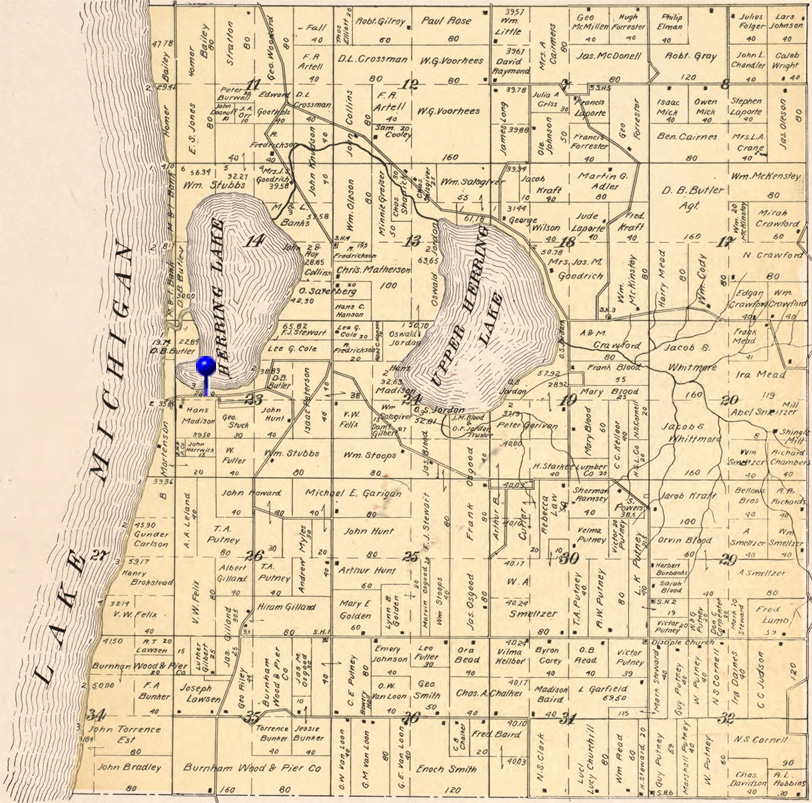

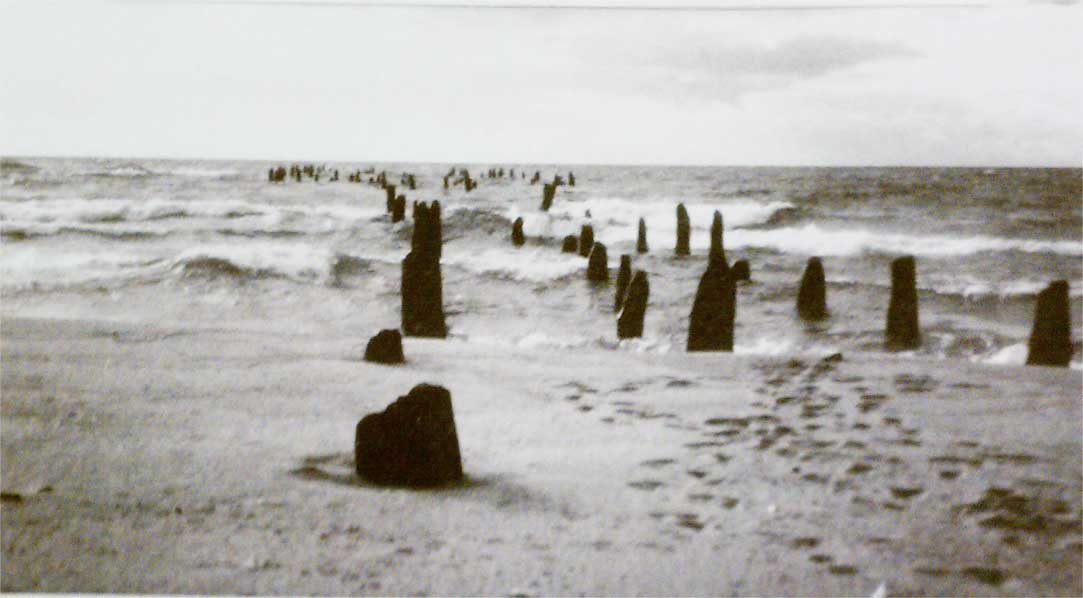
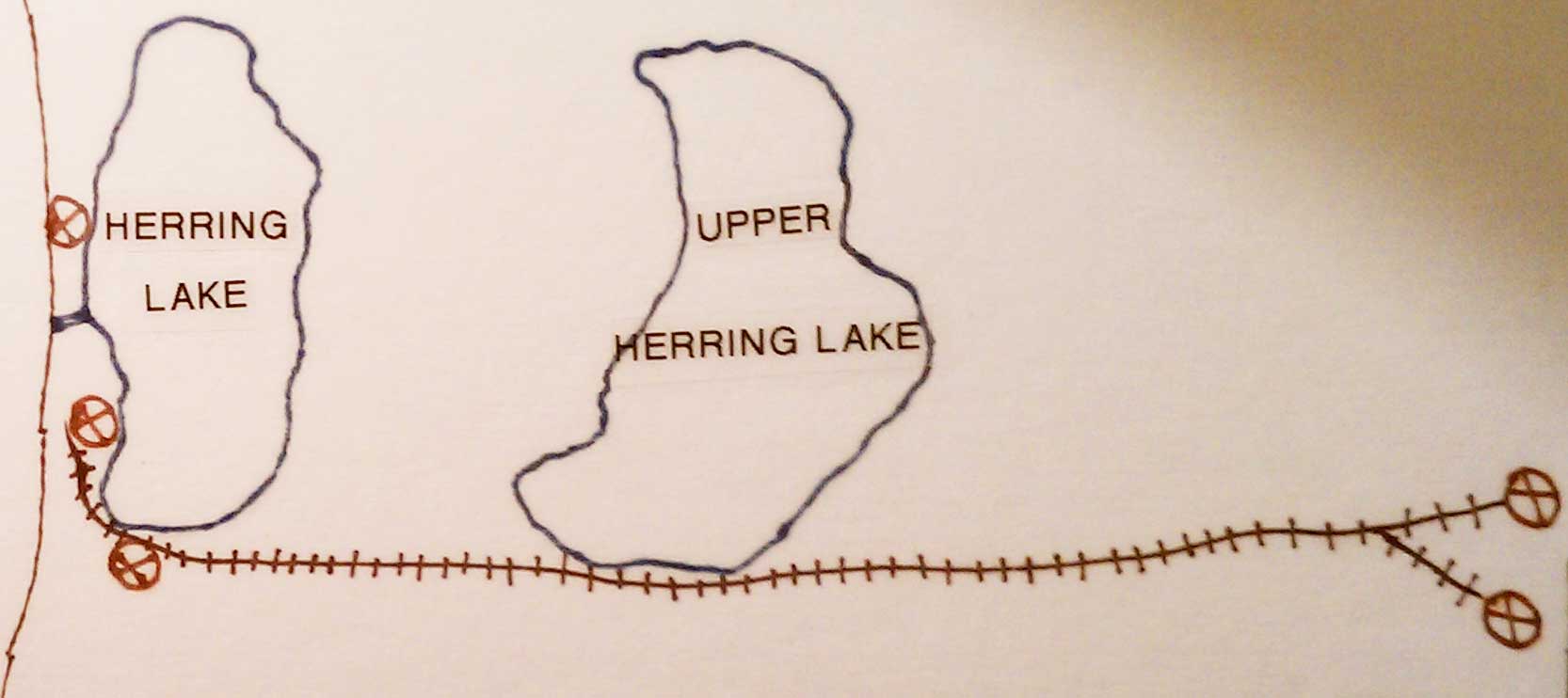
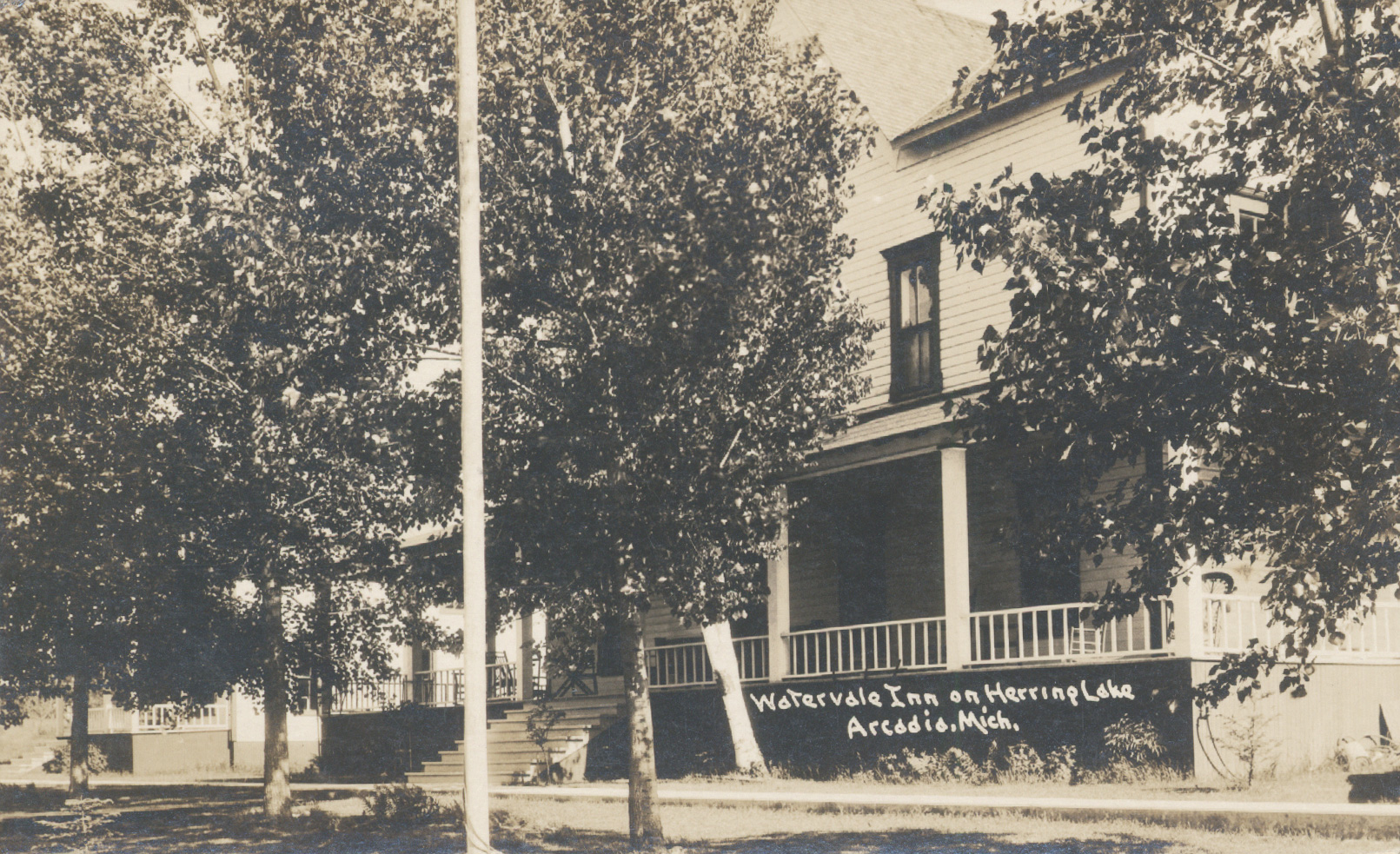 The Watervale Inn
The Watervale Inn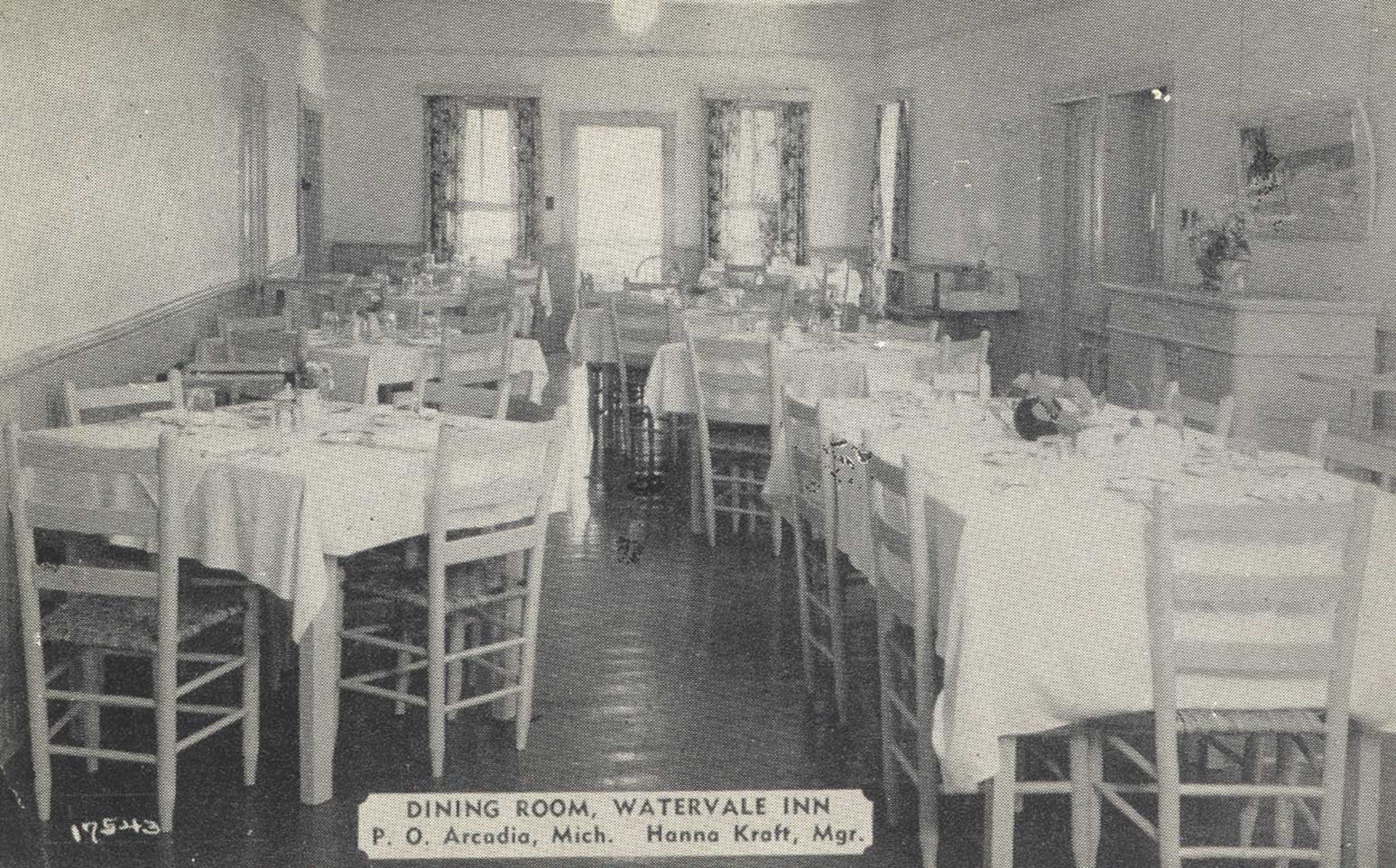 The Dining Room at the Inn
The Dining Room at the Inn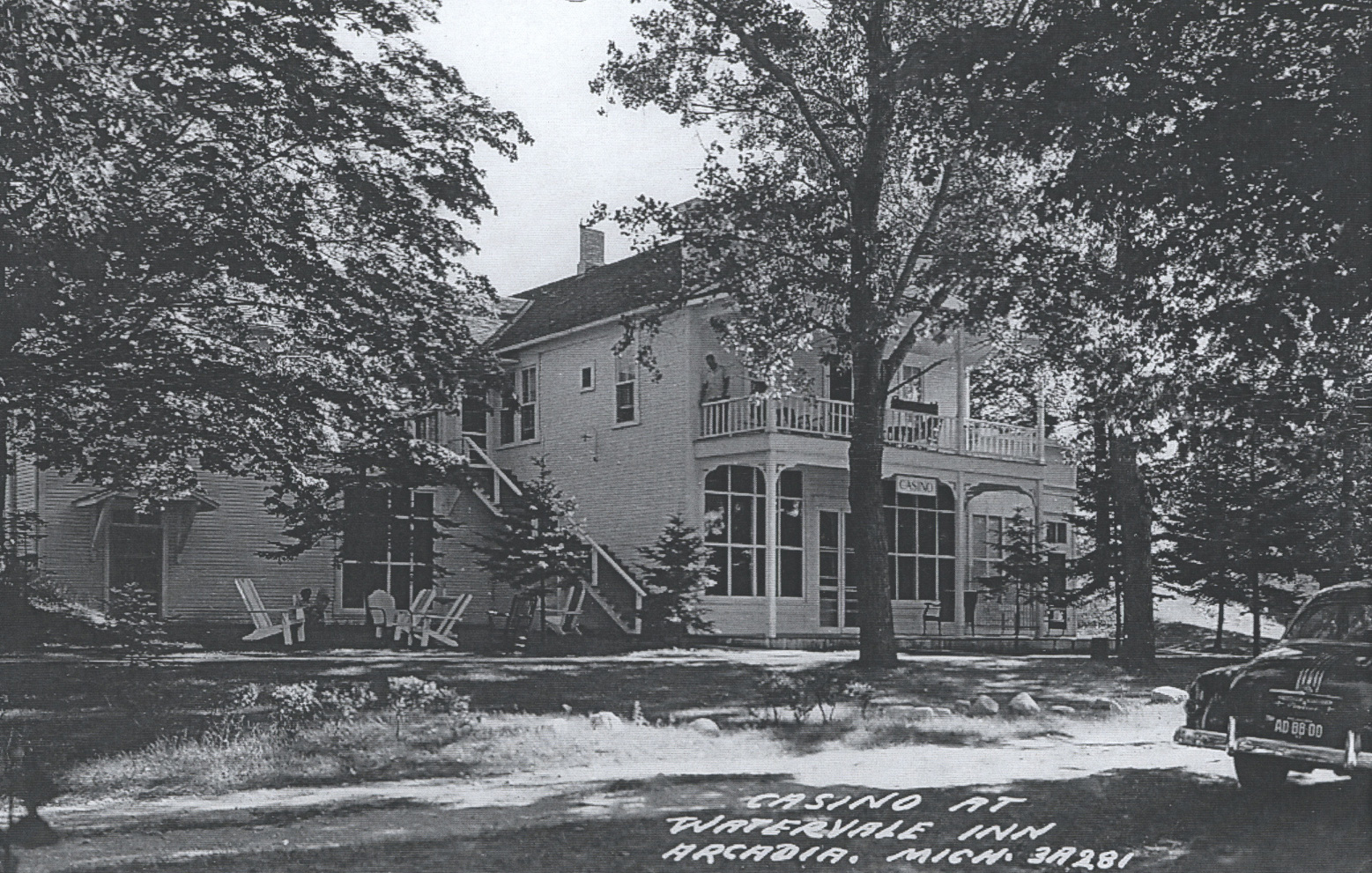 The Casino
The Casino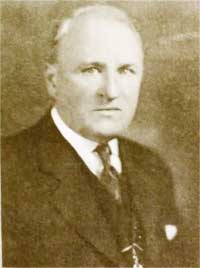 Oscar Kraft
Oscar Kraft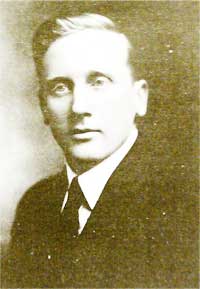 Arthur Kraft
Arthur Kraft